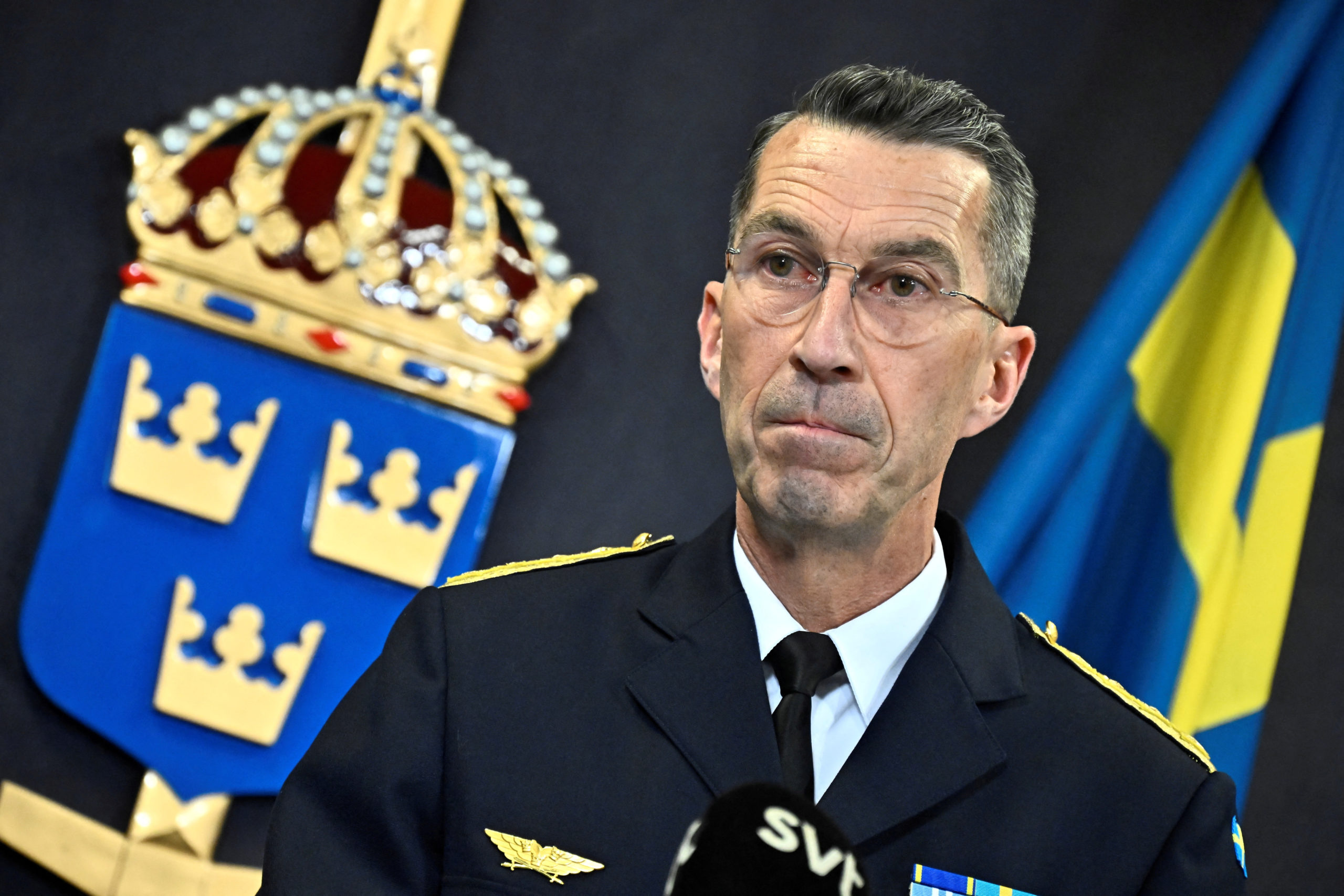Sweden’s supreme commander says defense spending to reach 2% of GDP by 2026
Higher prices for equipment, rising interest rates and a weak currency mean the 2 percent threshold will be reached sooner than expected.

STOCKHOLM — Rising prices and a weak currency mean Sweden will reach the NATO target for defense expenditure of 2 percent of GDP by 2026, two years earlier than previously planned, Sweden’s supreme commander said on Tuesday.
Sweden and Finland applied to join NATO in the summer as a direct consequence of Russia’s invasion of Ukraine. The two Nordic countries membership has been approved by 28 of NATO’s 30 members.
“We are in a very serious security situation,” Supreme Commander of the Armed Forces Micael Byden told a news conference after delivering spending recommendations to the government.
He said Sweden would increase its military capacity across land, sea and air, including more unmanned systems and increased presence on the strategic island of Gotland. Sweden will double its number of conscripts to 50,000 in 2035 from 24,000 in 2025.
Increased prices for military equipment, rising interest rates and a weak Swedish currency, making purchases from abroad even more costly, meant Sweden’s expenditure on defense was estimated to reach 2 percent of GDP sooner than previously estimated, the supreme commander said.
Byden also said he recommended the government to not set any red lines initially when joining NATO, such as not allowing NATO bases or nuclear weapons on Swedish territory.
“To set reservations at an early stage, before we have even joined, is to create friction and blockages and we want to avoid that,” he said.
This article has been fact-checked by Arctic Today and Polar Research and Policy Initiative, with the support of the EMIF managed by the Calouste Gulbenkian Foundation.
Disclaimer: The sole responsibility for any content supported by the European Media and Information Fund lies with the author(s) and it may not necessarily reflect the positions of the EMIF and the Fund Partners, the Calouste Gulbenkian Foundation and the European University Institute.
